These stone shovels in Guangxi have been 5,000 years old!
Author:Guangxi Satellite TV Time:2022.07.23
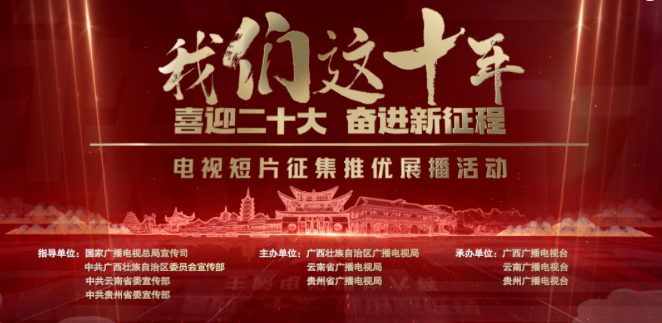
Gui Nan Da Shi Shovel
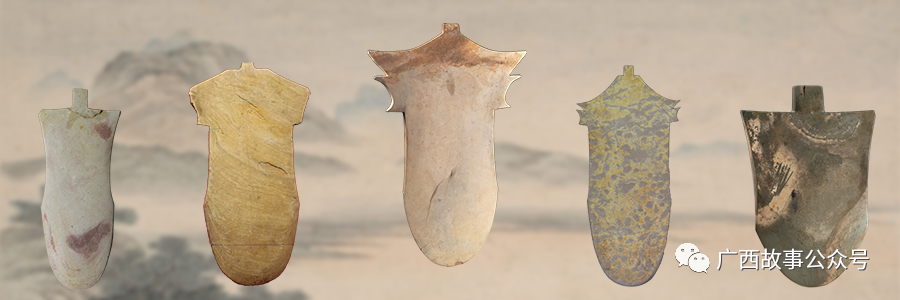
This is a unique cultural relic of the Neolithic Age in Guangxi -a large stone shovel. It is a symbol of the ancestors' pioneering civilization 5000 years ago. Therefore, let us cross the fog of history and explore the civilized password behind the "Gui Nan Big Stone shovel".
one
Common in Mo Shangtian
In the 1950s and 1960s, farmers in the lower reaches of the right River in Long'an County, Nanning City often dug a strange shape in the field, with different sizes, flat and thin, and the shape was a bit like a shovel commonly used by farmers.
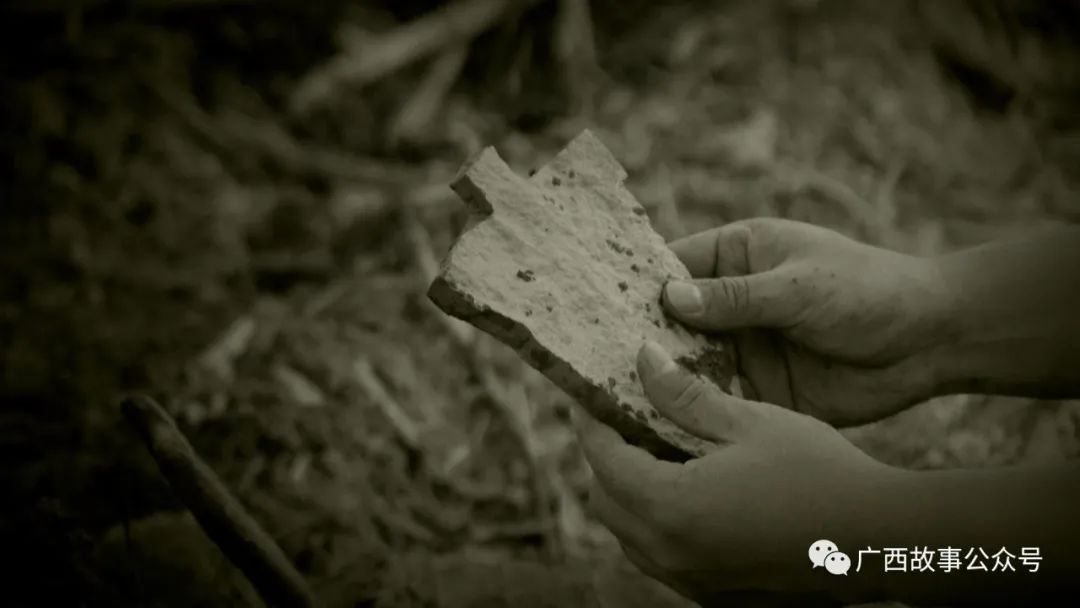
In the Guangxi cultural relics census from 1962-1965, the archeological team noticed these stone tools and judged the cultural relics of the Neolithic Age. In 1978, when people built a winery near Dalongtan, Qiaojian Town, Long'an County, a large number of stone shovels were suddenly dug, which aroused great attention from the archeological world. The Guangxi Cultural Relics Team was excavated at the scene, but found a very strange scene--
I saw dozens of stone shovels on the scene side by side, and the blade was facing up, standing upright or obliquely, and placed in a combination of cross or arranging.

Pictures of Guangxi Cultural Relics and Archaeological Teams
At the Dalongtan site, there were 231 full stone shovels in the archeological team. There are different styles such as shoulders, shoulders, and waist. Smooth, thick edge of the blade, thin body, exquisite shape, and a masterpiece of stone culture.
Among them, a wedge -shaped shoulder stone shovel is the most exquisite, it is 66.7 cm long, 27.2 cm wide, about 1.9 cm thick, weighs 8285 grams, the whole body is polished smooth, the shoulders are edge, the left and right are symmetrical, the blade is soft and round, the overall shape is beautiful and solemn. Essence
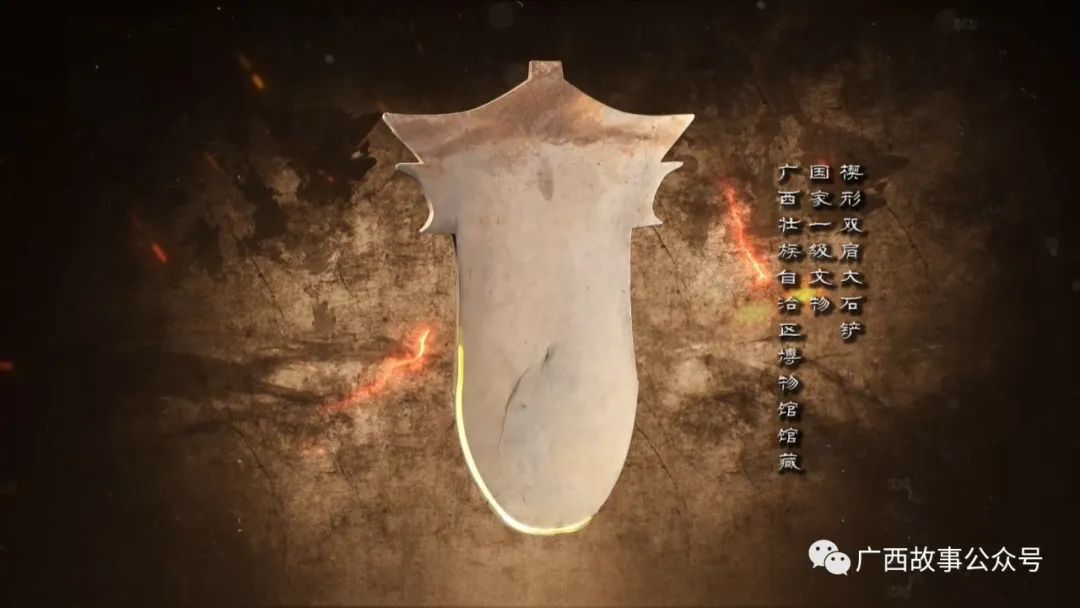
Wedge -shaped shoulder big stone shovel first -class cultural relics
Now hidden in the Guangxi Zhuang Autonomous Region Museum
two
Shijo suspicious cloud
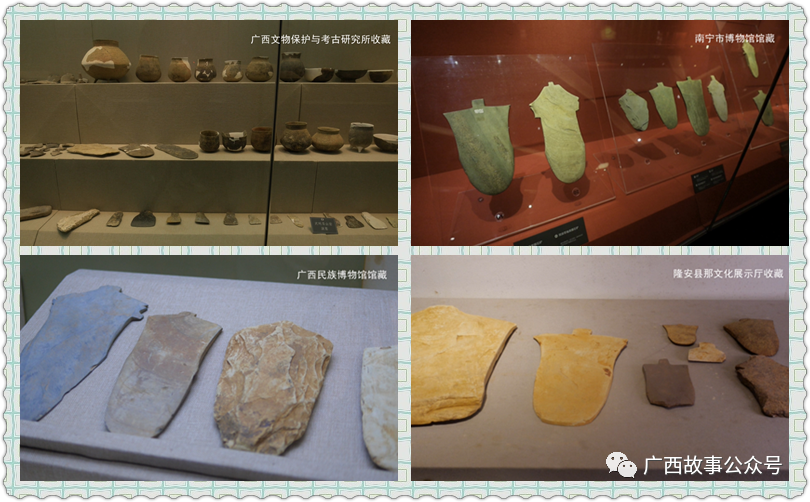
These stone shovels are only a small part of the big stone shovel discovered by Guangxi. For decades, Guangxi has found more than 10,000 stones, and the light complete device has exceeded 700. There are more than 140 large stone shovel sites. The distribution range is mainly concentrated in The Zuojiang, Youjiang, and Minjiang River Basin in the south of Guangxi takes the Dangan County and Xixiangtang District of Nanning and Xixiangtang District as the core area at the intersection of Sanjiang. "Gui Nan Dashi shovel". The shovel is an important labor tool in agricultural production. Its emergence has greatly improved the efficiency of agricultural production. A large number of sites have been unearthed during the period of agricultural civilization. Or is it made by yourself?
From the perspective of the type, the stone shovel in Gui South is obviously different from the stone shovel of other civilizations.犁,都带有鲜明的实用工具特征,而广西出土的大石铲,大概分为四种类型,除了I型和其他文明的石铲有所相似之外,其他三种类型有棱角、束腰、 Sleeve -shaped characteristics are unique to Guangxi. Based on archeological excavations in various places, these big stone shovels are a unique type of prehistoric cultural relics made in Guangxi and unique prehistoric cultural relics.
Yang Qingping, a second -level research librarian in the Institute of Cultural Relics Protection and Archaeological Research Institute, explained: "There are many types of big stone shovels, some types are in other places, and occasionally one or two are found, or there are a few. There are all types, and the number is particularly large. Since the center point of this kind of thing is in us, it is unique in terms of region, which is only available here. "
Which era does these stone shovel come from? How did it make it? Who is the manufacturer? What use do they use? Why only Guangxi has so many shovels? These puzzles are like a fog, which has plagued the archaeological community for more than 30 years.
The problem of the Daishi shovel was first cracked. Through the comparison of pottery and stone style unearthed at the same time as the big stone shovel, experts infer the scope of the Dashi shovel, which is about the carbon 14 of the charcoal samples of multiple sites in the late Neolithic era. About 4,000-5000 years ago, about 4,500 years ago, it was relatively concentrated.
More than 5,000 years ago, it was the era when the Emperor Shennong inventing agriculture in the myth and legends. Corresponding to the late Shiraza era in history, it is an era of the dawn of Chinese civilization and rising. Whether it is Liangzhu in the Yangtze River Basin , Yangshao in the Yellow River Basin, Niuliang in the Liaohe River Basin, Qujialing in the Hanjiang River Basin, and the primitive tribes in other regions have successively entered the threshold of civilization. Based on the development of agriculture and handicraft industry Various civilized society formed a diverse, star -fighting civilized starry sky. The discovery of Gui Nan Dashi shovel provides strong evidence for studying when the ancestors in Guangxi entered the civilization.
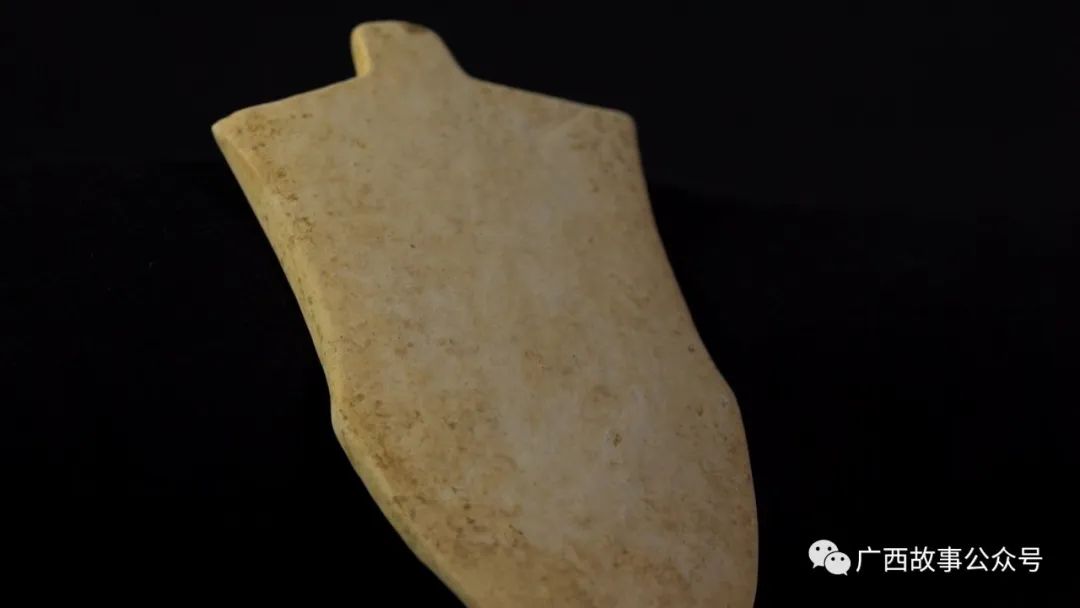
The large -scale consistency shown by the large -stone shovel cultural relics indicates that the society in the region had a considerable degree of organizational ability at that time, forming a common spiritual and cultural belief, indicating that there was a dawn of civilization in Guangxi.
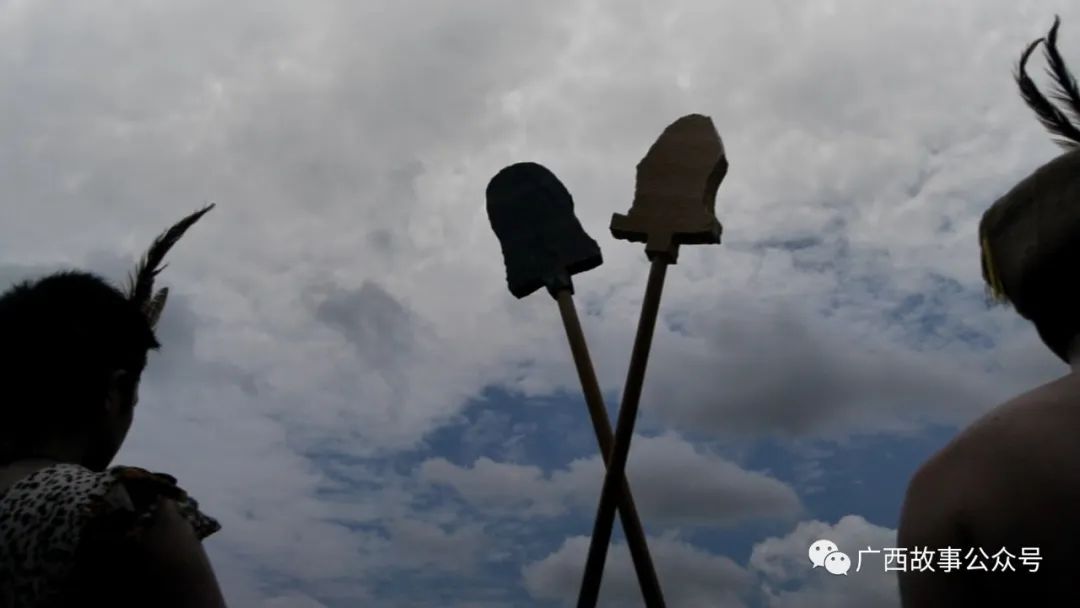
03
Sacrifice
Dashi shovel has evolved from the neo -stone era in Guangxi. There are shoulder stone axes in Guangxi. The stone shovel types in various places are so many and distributed so widely, indicating that the main production methods of the ancestors have changed from fishing and hunting to farming. A certain production scale.
But are these stones just a labor tool used for farming? Experts keenly discovered that most of the unearthed stone shovels did not use any traces. Some people infer that these stone shovels have just been manufactured, such as the Dalongtan site, perhaps once a stone processing plant.
However, the Dalongtan Stone Renmanshan is composed of limestone, and the stone made of a large stone shovel is a shale. There is only a shale 10 kilometers away from Dalongtan. Come here to process? Obviously, this is not a processing ground.
(Shale near Long'an County)

Although the shale is relatively soft, it is not easy to make such a beautiful shovel.
The stonemiths must first choose a large and flat stone to knock on the mountain, make stone embryos, and then use quartz stones, vermiculite and other stones to cut and cut, carve the edges and shapes, and finally use sandstone (grinding (grinding Blade stones), granite and other stones such as grinding, drilling, and polishing. During the grinding process, the stone embryos are crispy and easy to break, and the craftsmen need superb skills, carefulness and patience, and long -lasting time. The production of Dashi shovel fully shows that the Lingnan ancestors' handicraft industry has reached a relatively developed level.
The development of agriculture and handicrafts has prompted the further refinement of the division of labor in society, which also shows that the society has produced significant differentiation. The masters of these big stone shovels are craftsmen, farmers, or clan leaders, priests? What use do they use?
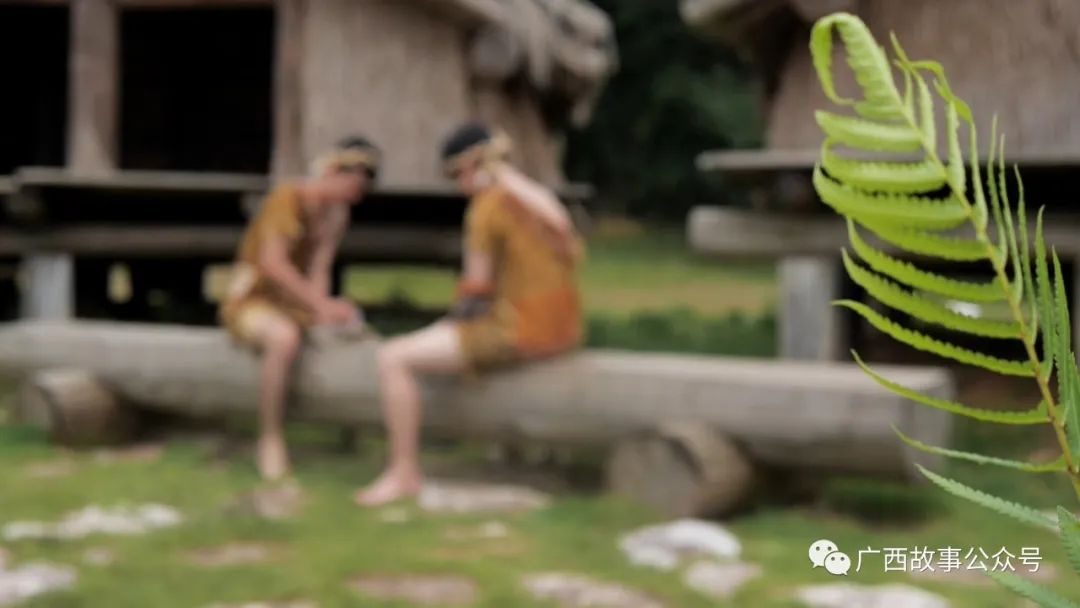
One view is that most large stone shovels are used as agricultural production tools, and some sites are stone tools; another view is that the big stone shovel is crispy and easy to break, and it cannot be used for farming. Relaxing, it should be a sacrifice appliance. Some scholars believe that in thousands of years, the large shovel has slowly evolved from production tools to sacrifice utensils. Since the 1980s, the discussions for the formation of the academic circles have continued for more than 30 years. There are divergent opinions, and there is no certain conclusion. In 2014, the Guangxi Cultural Relics Protection and Archaeological Research Institute once again carried out a large -scale excavation of the Longan Dalongtan site again. The total area of more than 3600 square meters and more than 200 complete stone shovel were unearthed. I wrote an end to the debate of the Dashi shovel.
Xie Guangwei, a researcher at the Institute of Cultural Relics and Archaeological Research Institute of Guangxi: When it was unearthed in combination with the big stone shovel, most of the blades were placed regularly on the flat land, or the phenomenon was buried in the pit in a certain arrangement and combination. The big stone shovel should be a sacrifice used to hold a certain sacrifice.
(2014 Longan Dalongtan excavation site)
The emergence of large -scale primitive sacrifice indicates that society has produced class differentiation and hierarchical systems. The tribal leaders, priests and aristocratic groups have formed the ruling class as the top of the society. The primitive society has essential differences.
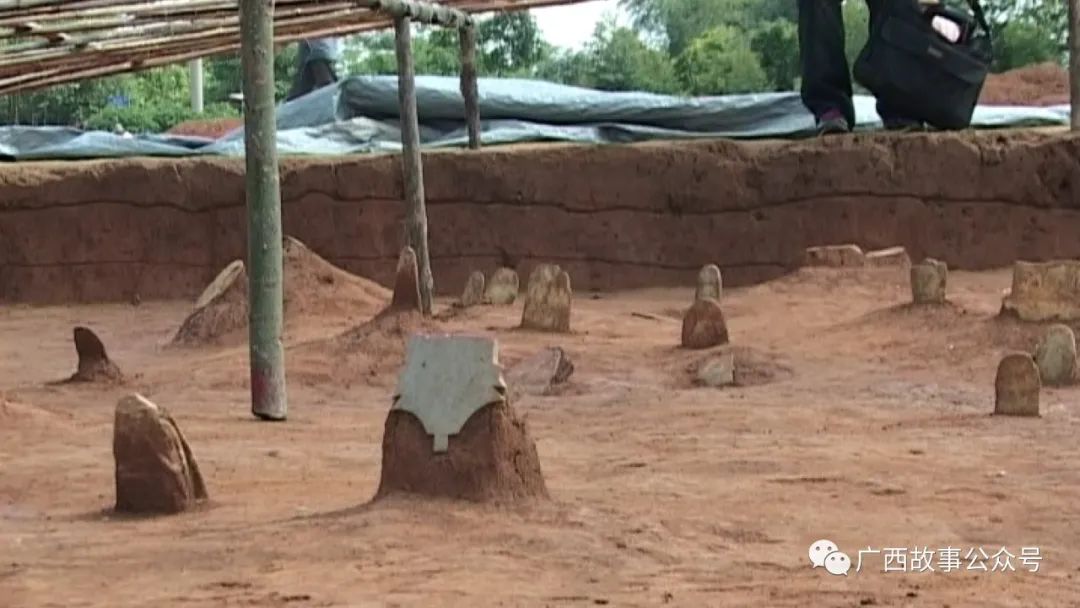
As a sacrifice utensil, what is the target of its sacrifice? Why did the customs of Dashi shovel disappear? Where did the tribe eventually go? In the origin and development of Lingnan civilization, in the development and development of Chinese civilization, in the trend of the diversification of Chinese civilization, what does it play in the civilization pattern of communication and mutual learning and collection and collection? Please continue to pay attention to the "Guangxi Story" at the same time next week to reveal the ultimate secret of the big stone shovel.
not
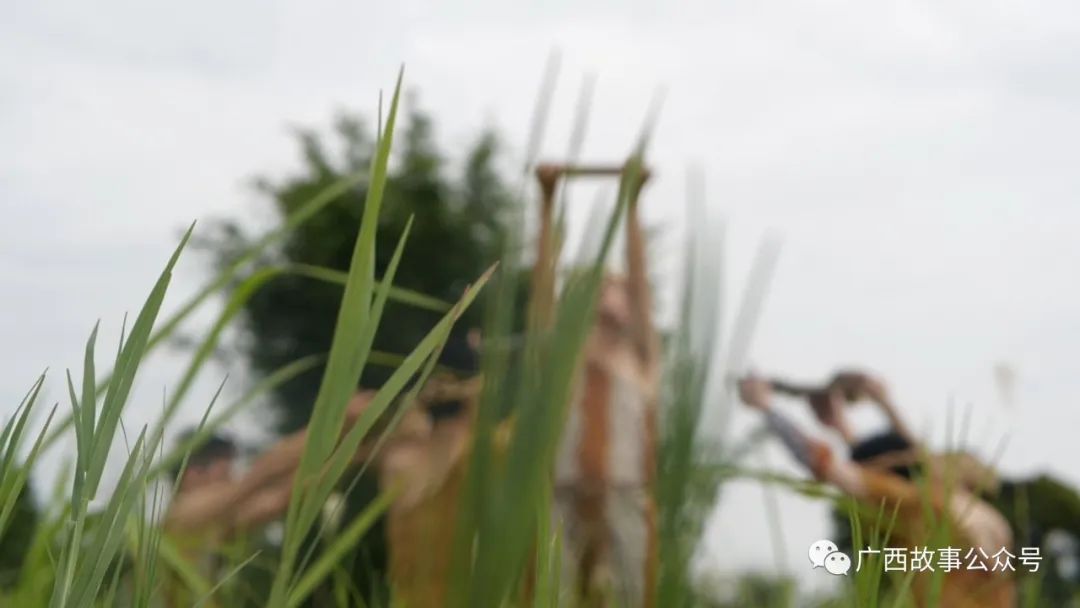
- END -
Sichuan Provincial Commission for Discipline Inspection: Reduced public power into a tool to seek pr

A few days ago, with the approval of the Sichuan Provincial Party Committee, the P...
The "barbecue" model continues the five miles of pile community to "send cool" for workers

Correspondent LuyanSend the hypophard medicine for the workersRecently, the weathe...